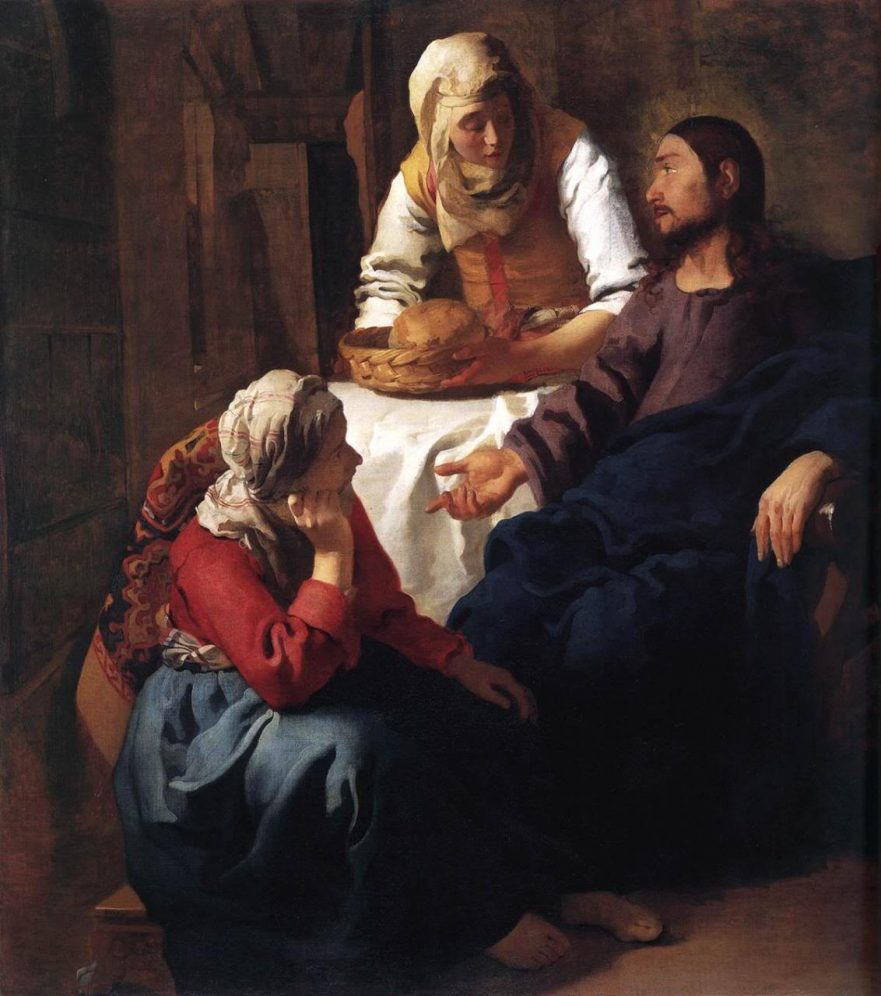One of the “longer” gospel stories that Lindsey has suggested is composed of four passages: Luke 10:38-42; Matthew 6:25-34 (= Luke 12:22-31); Luke 12:16-20; and Luke 16:19-31…. “Worry” ties together the first two fragments, the incident from Luke 10:38-42 and the teaching from Matthew 6:25-34 (= Luke 12:22-31). … Because they illustrate the two principal concerns mentioned in the second fragment (Matt. 6:25-34 = Luke 12:22-31), the two concluding parables probably belong to this context.
The Sabbath Was Made for Man
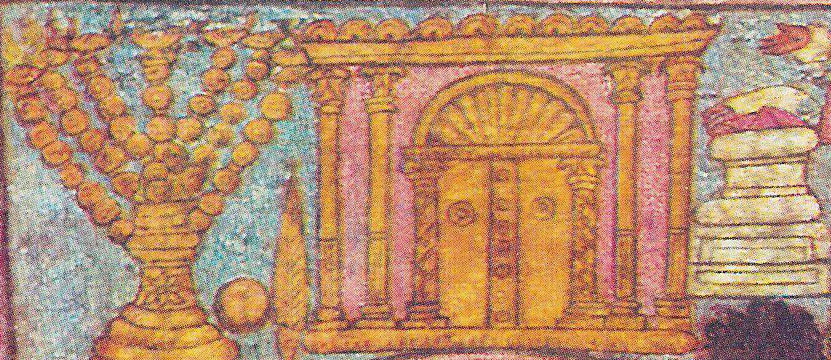
I hope at a later point to give more full attention to what may be considered Jesus’ three pillars (or principles) of spirituality that are outlined in Matthew 6:1-18. At this juncture it is sufficient to state what they are: acts of loving-kindness (Matt. 6:1-4), prayer (Matt. 6:5-6), and repentance/fasting (Matt. 6:16-18)…. Should we assume that Jesus’ ordering of his own spiritual pillars in Matthew 6 likewise indicates a prioritization?
Hebraisms in the New Testament
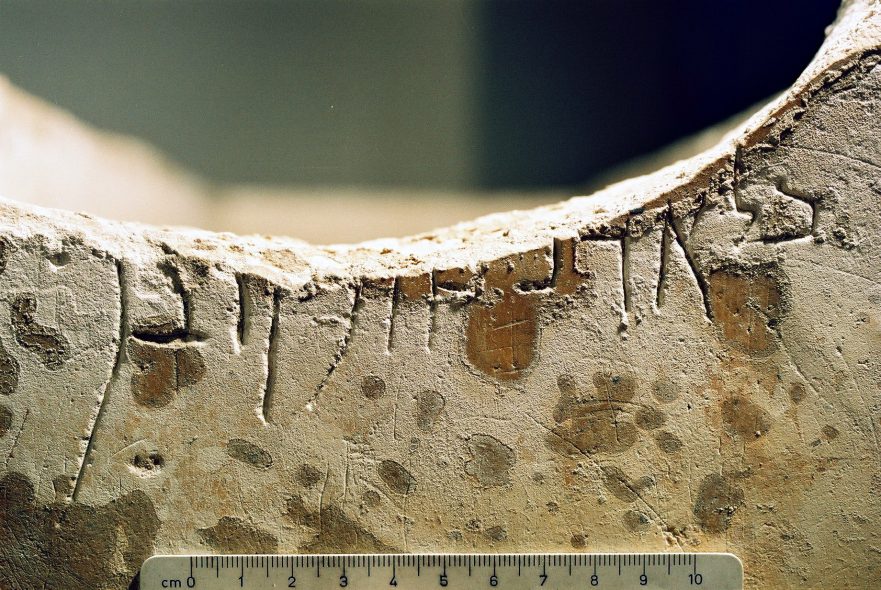
Common nouns, such as μαμωνᾶς (mamōnas, ‘mammon,’ ‘wealth’; Matt. 6.24; Luke 16.9, 11, 13) and κορβᾶν (korban, ‘corban,’ a gift dedicated to the Temple’; Mark 7.11), are used in both languages.
“How to Pray” complex
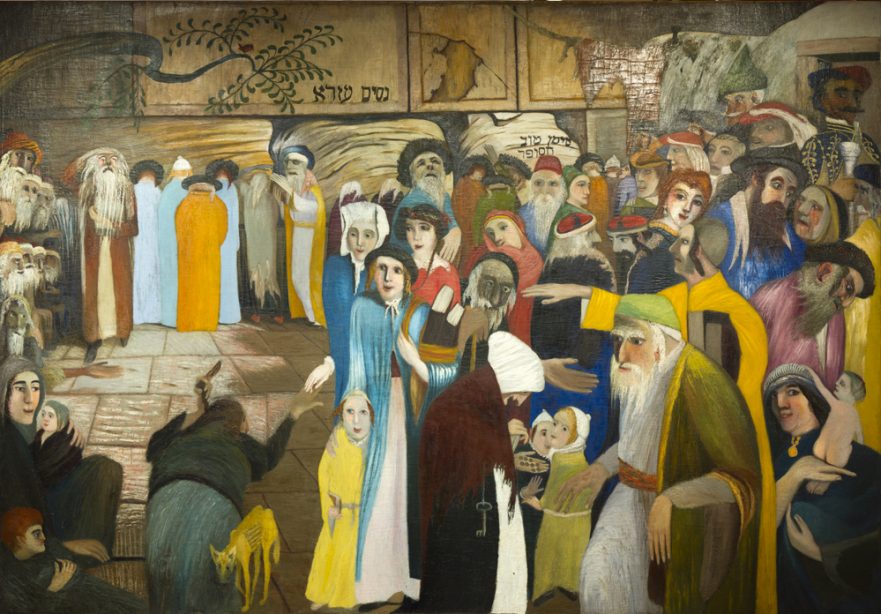
The prayer recorded in Matt. 6:9-13 // Luke 11:2-4 has been called “the Lord’s Prayer” at least since the time of Origen (late second to mid-third century C.E), who referred to τοῦ κυρίου προσευχή (“prayer of the Lord”; De oratione 18:1 [ed. … This block of material is what remained of the original “How to Pray” complex after the Anthologizer had removed the Praying Like Gentiles pericope (Matt. 6:7-8) and Yeshua’s Discourse on Worry (Matt. 6:25-34; Luke 12:22-31), and after the author of Luke had removed the Persistent Widow parable (Luke 18:1-8).
The Priority of Luke: An Exposition of Robert Lindsey’s Solution to the Synoptic Problem
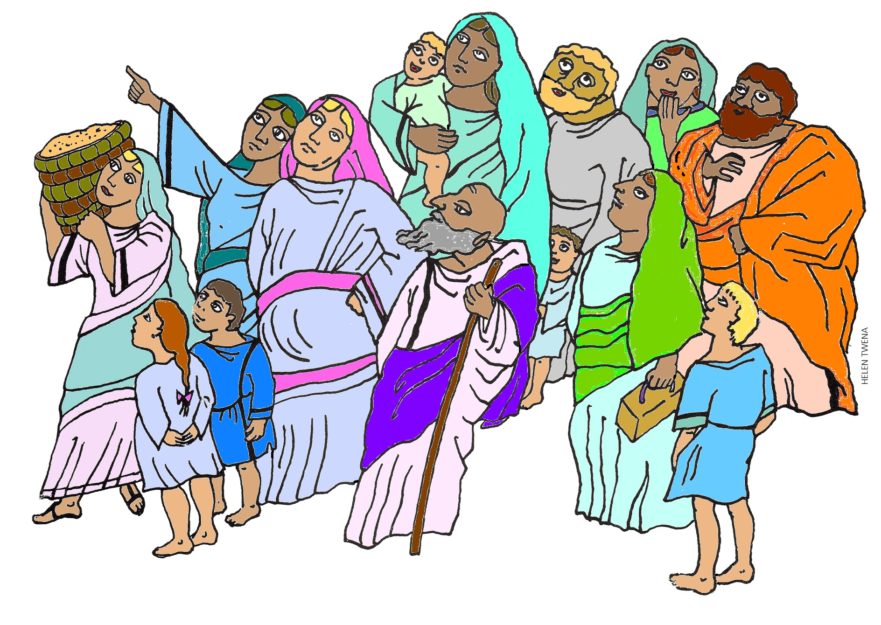
W. Richard Stegner’s “The Priority of Luke: An Exposition of Robert Lindsey’s Solution to the Synoptic Problem” was originally published in Biblical Research (27 : 26-38), the journal of the Chicago Society of Biblical Research (CSBR). It is reissued here with Biblical Research’s kind permission. To learn more about the Chicago Society of Biblical Research and its journal, visit https://chicagosbr.org/biblical-research/.
The Lord’s Prayer 7: “Give Us This Day Our Daily Bread”
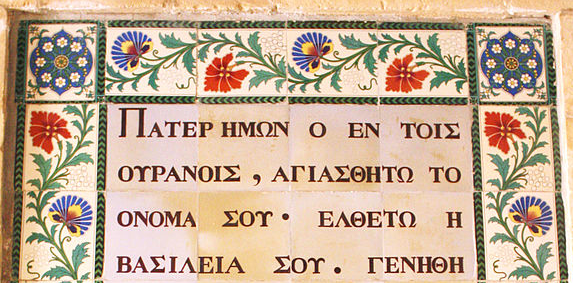
— /wp:paragraph –>
The deceptively simple petition from Matthew 6:11, “Give us this day our daily bread,” has been a matter of controversy for centuries. … (Matt. 6:33-34)
Jesus was adamant concerning anxiety about the future:
Do not be anxious about your life, what you will eat or drink, nor about your body, what you will put on. … (Matt. 6:25-26)
To read the next article in this series, click here.
The Role of Women in the Temple
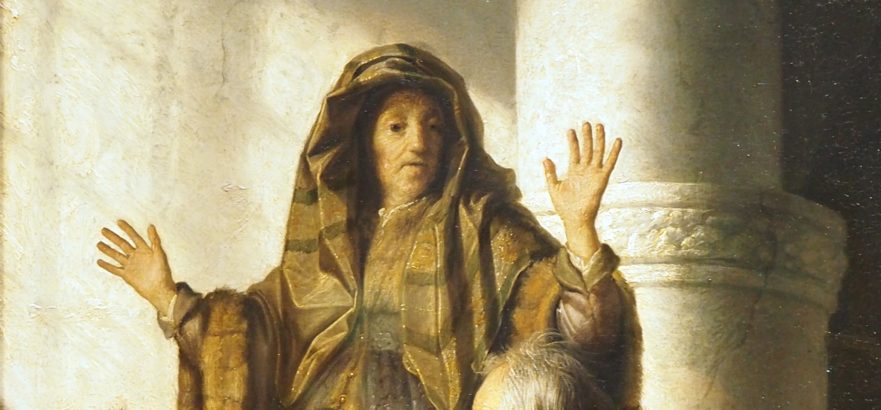
(Luke 2:22-23)
Luke 2:22-39 describes the “redemption” of Jesus in accordance with Exodus 13:2,13, which commands that every first-born male Israelite be redeemed because his service belongs to the Lord.
“Son of Man”: Jesus’ Most Important Title

מְתֻרְגְּמָן (me⋅tur⋅ge⋅MĀN) is Hebrew for “translator.” The articles in this series illustrate how a knowledge of the Gospels’ Semitic background can provide a deeper understanding of Jesus’ words and influence the translation process.
Failures of the Aramaic Solution: Aramaic’s Inability to Explain Jesus’ Halachic Questions on the Sabbath (Luke 14:5; Matt. 12:11-12a)

How to cite this article: JP Staff Writer, “Failures of the Aramaic Solution: Aramaic’s Inability to Explain Jesus’ Halachic Questions on the Sabbath (Luke 14:5; Matt. 12:11-12a),” Jerusalem Perspective (2022) . Updated: 14 December 2022
Jewish Laws of Purity in Jesus’ Day
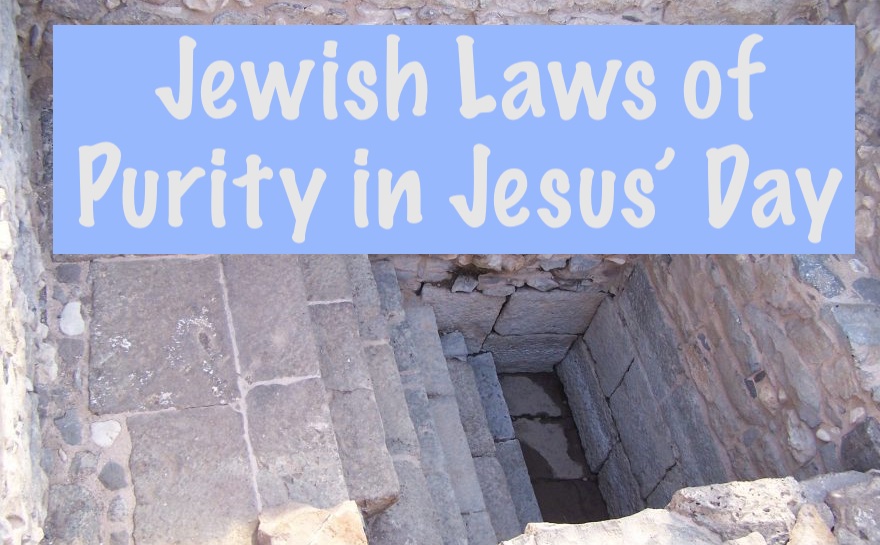
— wp:paragraph –>
The Synoptic Gospels record an account of Jesus coming into contact with a woman who had suffered from a discharge of blood for twelve years (Matt 9:20-22; Mark 5:25-34; Luke 8:43-48).
Jesus and the Essene Passover

While Jesus was also critical of the first-century Sadducean dynasty—the priestly family of Annas (Luke 3:2)—he gives no hint that he rejected the intrinsic validity of the Temple service.
Let the One Who Has Ears to Hear, “Hear!”
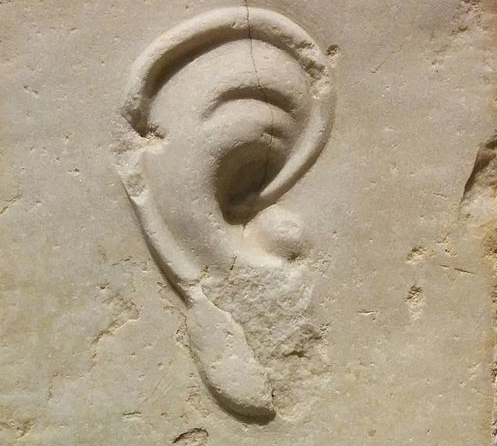
— wp:paragraph –>
While adaptation of existing parables is common in Rabbinic Judaism, Christian students are surprised to observe how closely Jesus’ parable of The House Built upon the Rock (Matt. 7:24-27; Luke 6:47-49) resembles an ancient similitude in Avot de-Rabbi Natan (Version A, chap. 24; Goldin, p. 103).
The “Only Begotten” Son
In the Gospel of Luke 3:23-38 the genealogy of Jesus is listed beginning with Joseph and going backward to Adam, “the son of God.”
Tutorial 1: Significance of Idioms
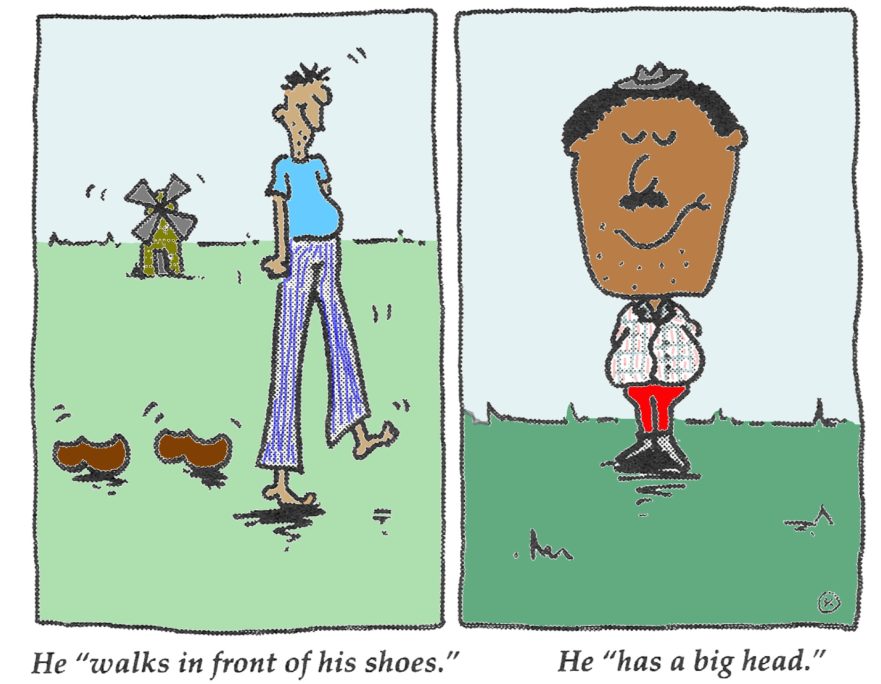
The text of Matthew 6:22-23 literally reads: “The lamp of the body is the eye. … Only James Moffatt translates “good eye” as “generous,” but even he uses “sound” in the Lukan parallel to Matthew 6:22 (The same Greek word for “good” appears in both places.) Apparently, by the time Moffatt reached Luke 11:34 he was already beginning to have some doubts about his translation of Matthew 6:22.
To Be, or Not to Be, in the Driver’s Seat?
(Matt. 6:27; Luke 12:25).

